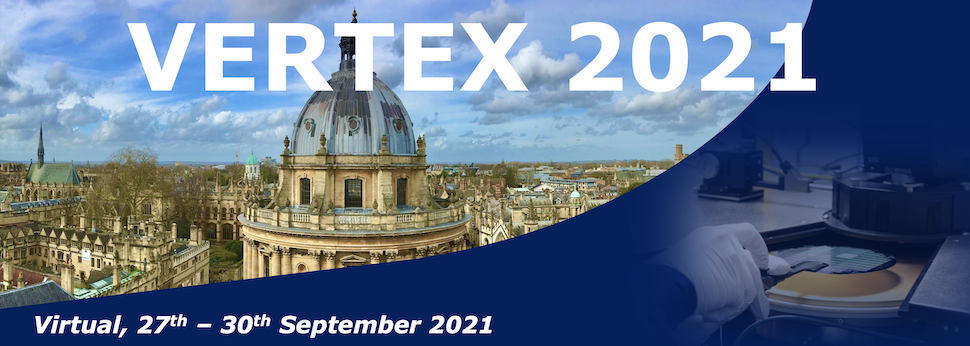Speaker
Description
Belle II is the next generation B Factory experiment operating at the SuperKEKB accelerator complex at KEK in Tsukuba, Japan. It is expected to collect 50 ab-1 of data, with a target instantaneous luminosity of $\rm{6.5 \times 10^{35} cm^{-2}s^{-1}}$, which is about 30 times larger than its predecessor.
The Silicon Vertex Detector (SVD) consists of four layers of double-sided silicon strip detectors (DSSDs) and is a part of the newly designed innermost tracking device of Belle II. Located in close vicinity of the interaction point, it plays a crucial role in track position and hit time determination, as well as contributing to slow particle identification through specific dE/dx measurements.
In view of the ever increasing Belle II data sample, accurate simulation of the detector is growing in importance. Belle II software implements a simplified signal formation model in the SVD simulation. It is based on charge sharing among strips based on coupling capacitances, with coefficients initially tuned with test beam data. With first data from collisions in Belle II we observed a good match between data and MC for cluster charge and signal to noise ratio distributions, while some disagreement in terms of cluster size and strip time distributions was found. In this talk we will summarize our effort to improve detector simulation and present the achieved results. A data-driven method allows a better parametrization of the charge sharing model, yielding a significant improvement of data-simulation agreement in cluster size distribution. Furthermore, by refining the simulation of coupling effects, we are able to model the strip time distribution more accurately.

